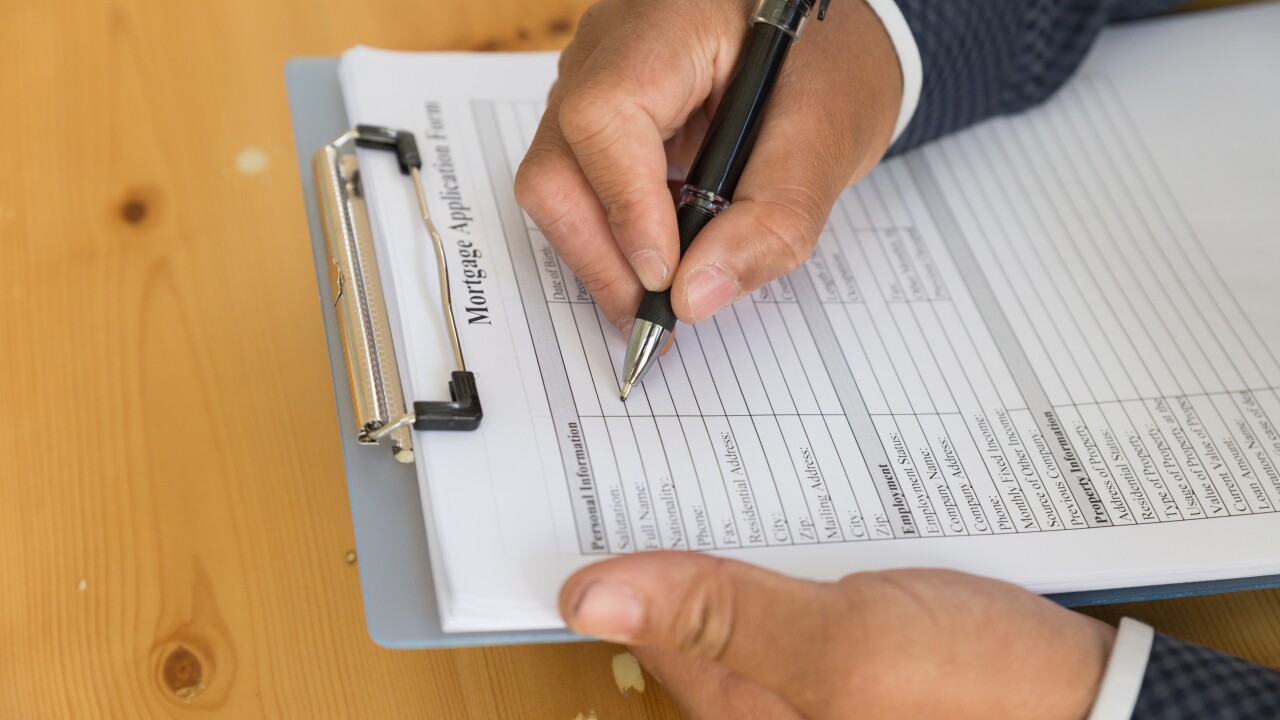Single-family home sales in Anchorage have remained relatively stable as people have trickled out of Alaska during the state's current recession, people in the real estate industry say.
The average home sale price in 2017 was $365,023, not much of a difference from the average of $366,080 the year before, according to data from broker-owned cooperative Alaska Multiple Listing Service. Through the first two months of 2018, the average home sale price was $353,764.
It's still too early to say how this year will round out, said Bethany Stamper, a real estate agent at Coldwell Banker Best Properties in Anchorage.
In 2017, Alaska's population shrank for the first time since the severe economic downturn of the 1980s, by about 0.4 percent. The population in Anchorage also declined slightly between 2016 and 2017, according to estimates from the Alaska Department of Labor and Workforce Development.

But last year's small population drop doesn't appear to be disrupting the home market too much.
Those who track housing data say inventory is low for homes under half a million dollars, making for a seller's market.
"People are getting out there trying to find a place to buy and it's a little challenging," said Bill Popp, president of the Anchorage Economic Development Corp. "It's just hard to find something you want to buy, especially in that lower half of the market, especially under the $400,000 threshold."
Mike McLane, an associate broker with Jack White Real Estate, said it's "really a dog fight" for homes in the $300,000 range.
"Buyers are getting worn out because a lot of them have missed out four or five times now," he said. "There's this sort of pent up demand for young families that have grown out of the condo."
Homes priced at the half-million-dollar mark and higher are staying on the market longer than lower priced homes, MLS data show.
The number of sales of single-family homes ticked down in both January and February compared to those months in 2017.
Overall, the market has remained pretty much flat, said Stamper.
"I see that as being pretty much what we expected to see because there haven't been any major changes to the overall housing market," she said. The market saw a big jump in the average home sale price between 2011 and 2015. "The fact that we've leveled off from there shows that the market is pretty stable."
Activity — in both listings and buyers searching for homes — also started a little earlier this year than usual, Stamper said.
Mary Cox, an associate broker with Re/Max Dynamic Properties in Anchorage, said she thinks people are feeling better about the market than two or three years ago.
"I would call it very stable. I would also call it very active," she said.
McLane said he has also noticed the rental market in Anchorage softening, he said, with landlords dropping rents so they can retain tenants.
Popp, with the AEDC, said when it comes to population numbers, it's important to distinguish between those who are leaving Alaska when they move out of Anchorage and those who are leaving the city for the Matanuska-Susitna Borough.
"We're in that fuzzy world of anecdotal data," he said. "We think those that are leaving the state maybe weren't as tied to the community as far as owning a mortgage. They haven't bought the house."
Last year was the fifth straight year that more people left the state than moved in.
Alaska's total employment was down an estimated 0.7% in February of this year compared to February 2017, according to the state Department of Labor and Workforce Development. The state's seasonally adjusted unemployment rate of 7.3% in February was unchanged from the previous month.





